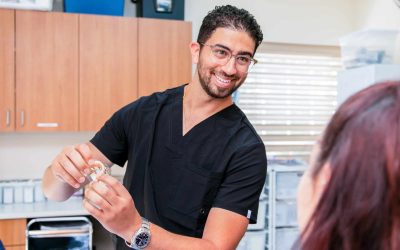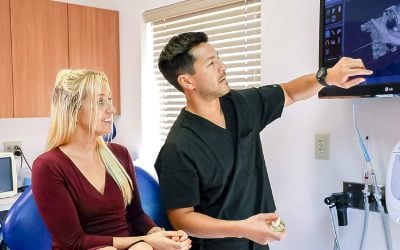At MassOMS in Burlington, MA, our team of expert oral surgeons is prepared to provide treatment for your child’s oral or facial abnormality. The instance of cleft lip and cleft palate is among the most common birth defects in the United States, and our team is experienced in correcting this condition to ensure your child can live a normal, happy, healthy life.
We understand that every child is different, and we tailor our treatment and attention to ensure each particular child is comfortable and appropriately treated under our care. Contact us today to learn more about these surgical services or to schedule an appointment.
Cleft Lip
Cleft lip is a congenital defect that occurs when the tissue that makes up the lip does not fuse together properly during fetal development. This results in an opening in the upper lip, which can range from a small notch (incomplete cleft lip) to a large gap that extends into the nostril. This can cause difficulty with eating, speaking, hearing, and breathing. A cleft lip is a relatively common birth defect, occurring in about one in every 700 births.
Cleft Lip Treatment
- Cleft lip surgery typically involves making an incision on either side of the cleft and suturing the tissue together to form a full upper lip.
- The layers of muscles and nerves within this area are carefully integrated as well, to ensure proper feeling and functioning once the area heals.
- Additional tissue may be rearranged to close any open areas between the mouth and nostril.
Cleft lip surgery is usually performed once the patient is between three and six months old. This allows time for some initial growth and development to occur, and also gives the facial tissues a chance to stretch and become more pliable. In some cases, a second surgery may be necessary to further improve the appearance of the lip.
Cleft Palate
Cleft palate is a defect of the palate (roof of the mouth) that occurs when the palatal plates fail to connect correctly in the midline as the fetus develops during pregnancy. This results in an opening in the roof of the mouth that connects the oral cavity directly to the nasal cavity. A cleft palate can occur as an isolated defect, but is frequently seen as part of a syndrome that includes cleft lip.
Cleft palate can cause a number of problems, including difficulties with eating, speech, and hearing; the condition can also lead to middle ear infections.
- Naturally, the ear, nose, and throat are connected by the eustachian tube, which drains liquid from the ear to the back of the nose and throat. Due to the improper formation of muscles, this tubal connection is often dysfunctional, and the inner ear is unable to drain.
Cleft Palate Treatment
Treatment for cleft palate is typically performed between the ages of nine and eighteen months old. The objective of the surgery is to close the opening between the oral and nasal cavity and correct any defective muscles to establish the normal function of the mouth, nose, and ears.
- During this surgery, we will make an incision in the roof of the mouth and then manipulate the tissues to close the opening.
- We work in layers to first close the nasal opening, then the oral opening.
- The palate is then closed with sutures.
Surgical correction may need to be repeated as the child ages to ensure the palate remains closed.

